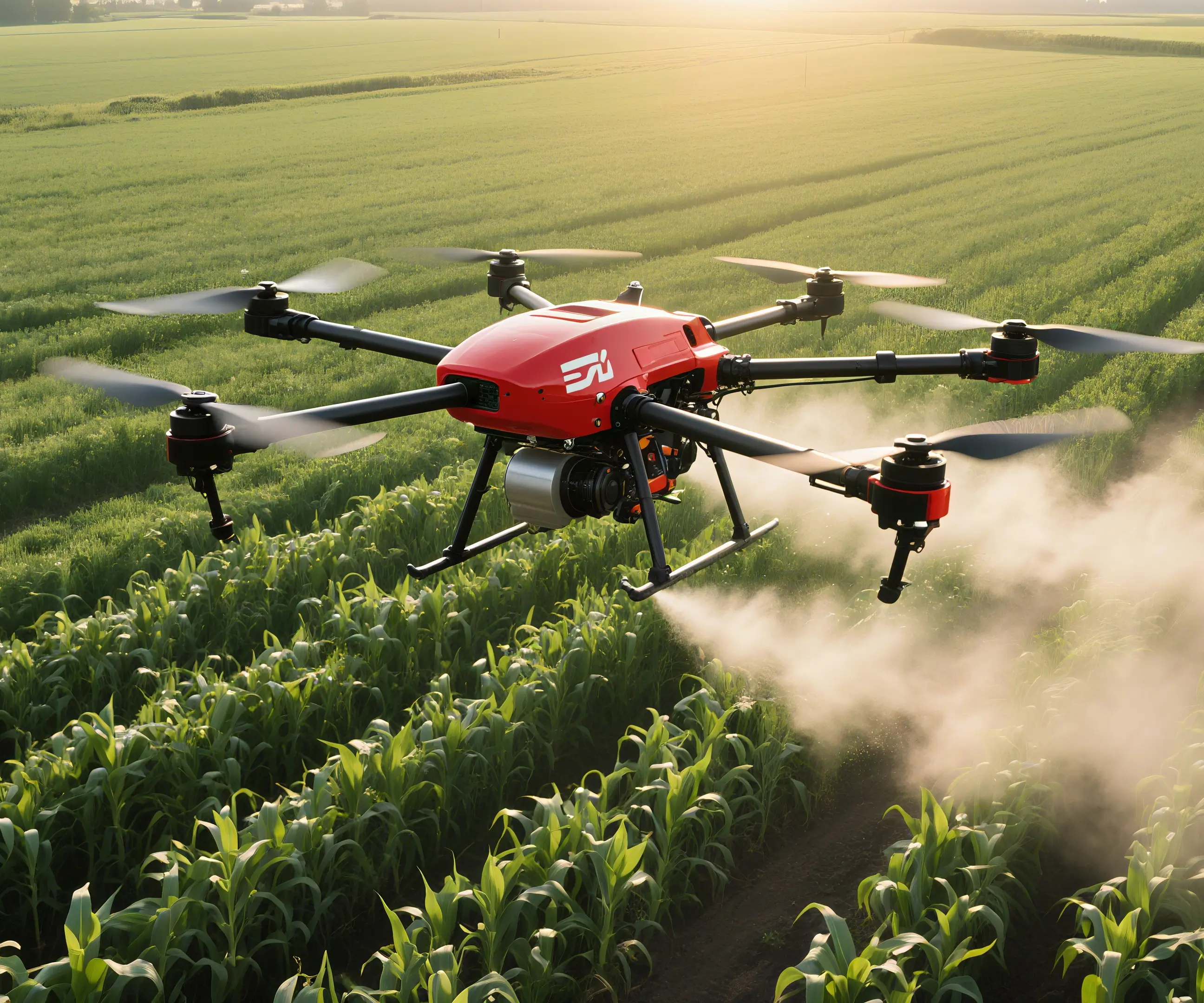Imagine a world where controlling machines feels as intuitive as moving your thumb—where complex robotic movements become effortless with a simple nudge of your finger. This vision is becoming a reality thanks to the synergy between servo motors and thumb joysticks. Whether you're an aspiring robotics hobbyist, a seasoned engineer, or simply someone wanting to add a touch of interactivity to a project, mastering the art of controlling a servo with a thumb joystick opens up a realm of possibilities.

Understanding the Basics: Servo Motors and Thumb Joysticks
At its core, a servo motor is a compact, powerful actuator widely used in robotics and automation. Its ability to achieve precise angular positions makes it ideal for applications that demand accuracy, such as robotic arms, camera gimbals, and remote-controlled vehicles. Unlike simple motors that run continuously, servo motors rely on control signals to move to a specific angle, holding that position until told otherwise.
A thumb joystick, also known as an analog stick, provides two degrees of freedom—typically horizontal (X-axis) and vertical (Y-axis). When you tilt or move the joystick, it outputs corresponding voltage signals that a microcontroller can interpret. These signals are raw and require calibration and processing to translate into meaningful commands for a servo.
Why Combine a Thumb Joystick with a Servo?
Integrating these components turns a basic mechanical setup into an intuitive control interface. Instead of pinballing through button presses or preset commands, a user can precisely manipulate a device with natural hand movements. This presents a lot of advantages: smooth control, proportional response, and an engaging user experience.
The Core of Control: Signal Interpretation
The thumb joystick outputs analog voltage levels, usually ranging from 0 to 5 volts, which correspond to centered, left, right, up, and down positions. The key lies in reading these signals accurately through the microcontroller's analog-to-digital converters (ADC), typically 10-bit or 12-bit resolutions, translating voltage levels into digital values between 0 and 1023 (for 10-bit ADC).
Once you have these readings, the next step involves mapping the input to a servo position. Usually, this ranges from 0° to 180°, depending on your servo's specifications. For example, imagine a simplified mapping: the center position of the joystick corresponds to approximately 90°, while tilting to the maximum left or right could correspond to 0° or 180°.
Choosing the Right Hardware
Your setup will involve a few key components:
Microcontroller: Arduino Uno, Raspberry Pi Pico, ESP32, or any microcontroller that supports analog inputs and PWM outputs. Servo Motor: Standard hobby servo, such as the SG90 or MG90S, which are affordable and widely compatible. Thumb Joystick: Often comes as a module with analog outputs for both axes, plus a built-in push button. Power Supply: Ensure your servo has sufficient power, often separate from the microcontroller's supply to avoid voltage dips.
Wiring It All Up
Connect the joystick's X and Y outputs to the ADC pins of your microcontroller. Connect the servo's control wire (usually yellow or white) to a PWM-capable output pin. Connect power and ground appropriately.
Basic Programming Flow
Initialize the serial communication for debugging. Read analog values from the X and Y axes. Map these values to an angle between 0° and 180°. Send the mapped value to the servo via PWM. Implement thresholds or dead zones to prevent jitter when the joystick is near the center.
Practical Tips
Calibrate your joystick readings to account for their specific voltage ranges. Add dead zones: small movements near the center shouldn't trigger servo movement, which prevents jitter. Consider smoothing inputs with filters if your readings fluctuate wildly. Use a dedicated power source for your servo to prevent brownouts or resets of your microcontroller.
Sample Code Snippet (Arduino)
#include const int joystickXPin = A0; const int servoPin = 9; Servo myServo; void setup() { Serial.begin(9600); myServo.attach(servoPin); myServo.write(90); // Initial position } void loop() { int xValue = analogRead(joystickXPin); // Map the ADC value (0-1023) to angle (0-180) int angle = map(xValue, 0, 1023, 0, 180); // Add dead zone if (abs(angle - 90) > 5) { myServo.write(angle); } Serial.print("X: "); Serial.print(xValue); Serial.print(" -> Servo Angle: "); Serial.println(angle); delay(15); }
This simple code reads the X-axis of your joystick, maps it to servo angles, and moves the servo accordingly. You can extend this by also incorporating Y-axis control for multi-axis movement, or adding more complex behaviors like acceleration ramps or position hold.
Stay tuned for Part 2, where we'll delve into advanced control techniques, real-world project ideas, troubleshooting tips, and creative applications that can elevate your joystick-to-servo projects from simple experiments to professional-grade systems.
Kpower has delivered professional drive system solutions to over 500 enterprise clients globally with products covering various fields such as Smart Home Systems, Automatic Electronics, Robotics, Precision Agriculture, Drones, and Industrial Automation.




































